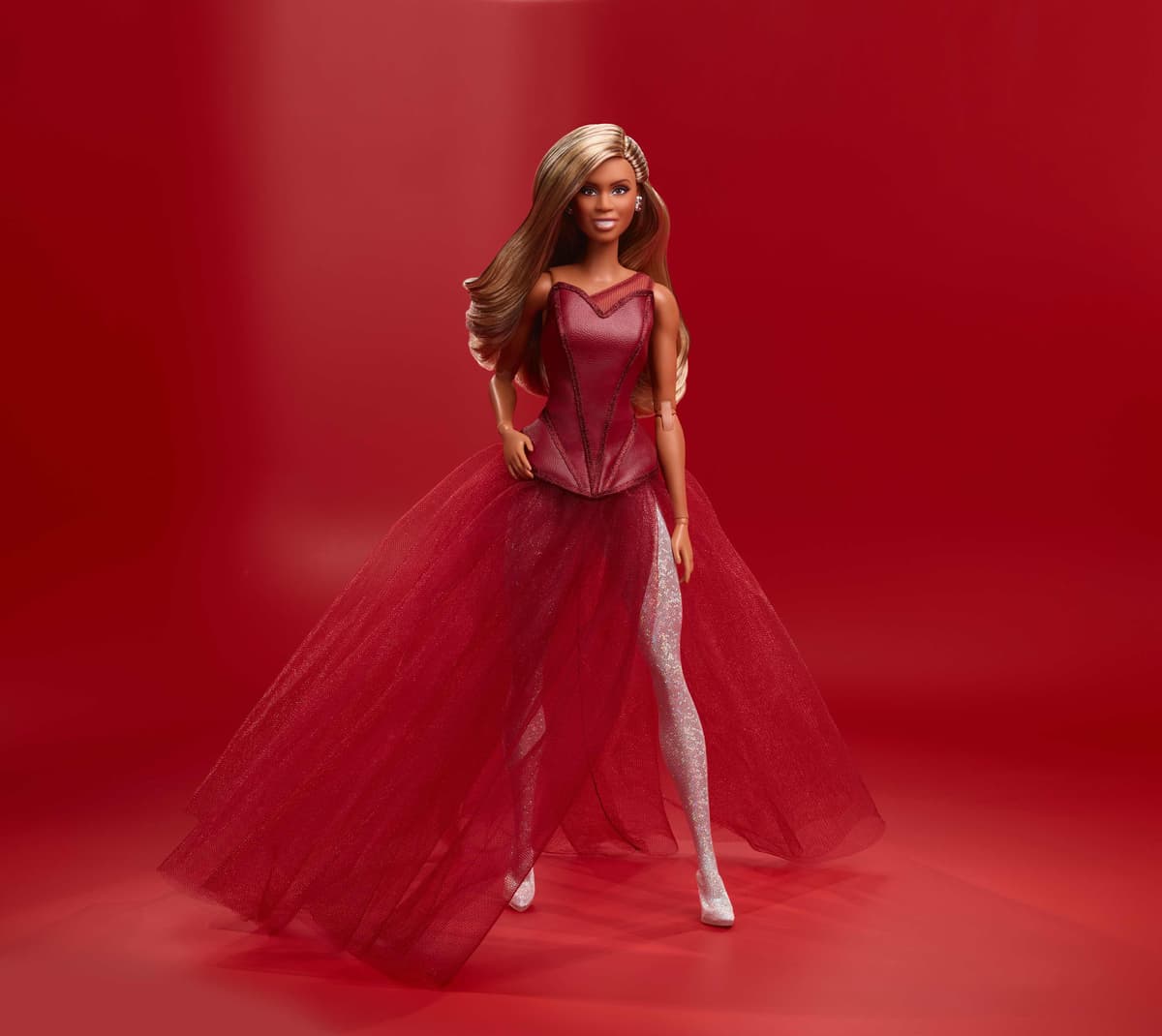The Culture Wars Come for Barbie
The increasingly contentious culture wars over gender and sexuality have seeped into the world of doll collecting, and not everyone is happy about it.

This weekend, the Hyatt Regency O’Hare Chicago is hosting the 2022 Barbie Doll National Convention, an event expected to feature thousands of collectors, enthusiasts, and industry professionals to mark the doll’s 63rd anniversary.
With some tickets selling for more than $400, the Roaring ’20s-themed party will span three days and celebrate the “innovation and allure of the Barbie doll herself.”
The doll and her ostensibly perfect match, Ken, are not the only headliners anymore, though. The increasingly contentious culture wars over gender and sexuality have seeped into the world of doll collecting, and not everyone is happy about it.
This spring, Barbie’s parent company, Mattel, launched its first transgender Barbie doll, modeled after actress and LGBTQ activist Laverne Cox, best known for her role in “Orange is the New Black.”
The transgender Barbie is but one element of Mattel’s broader diversity strategy, which thus far has included more than 35 different doll skin tones, nine different body types, and more than 94 different hairstyles in an effort to “better reflect the world kids see today.”
The new doll is named after Ms. Cox and, according to Mattel, prefers the she/her/hers pronouns. Other Barbies in the new, more inclusive line include dolls with prosthetic legs and hearing aids, and one with vitiligo, a skin condition that causes the loss of skin pigmentation.
The reception among collectors and commentators for this new line — and specifically the transgender doll — has been decidedly mixed.
A designated “inclusivity editor” and podcast host, Molly Woodstock, opined, “It’s unarguably good that all children are being given the option to play with some sort of doll that doesn’t have a neatly assigned gender or gender roles.”
Doll collector Mary Dumas, from the New England Resin Doll Society, agrees with the company’s push toward diversifying the makeup of their collection, noting, “I do think that there should be many types of dolls,” and adding: “There are many different types of kids in this world, and therefore there should be many types of dolls.”
Others have not been so supportive. Podcaster Virginia Allen, who also produces and co-hosts on the Daily Signal, objected to the politicization of an American icon.
“What bothers me most about what Mattel and Cox are up to is that they are targeting kids with not only a political message but a political agenda that is something that could have long-term harms and is very dangerous to children,” Ms. Allen said on her podcast, “Problematic Women.”
Officially invented in 1959 and modeled after a German fashion doll, Bild Lilli, “Barbie” was the first adult American mass-produced toy doll. Mattel’s co-founder and first president, Ruth Handler, named the doll after her daughter, Barbara, abbreviated from “Barbara Millicent Roberts.” Barbie was originally intended as something that young girls could look up to.
Since then, this instrument for make-believe has had a gargantuan influence on children’s conception of the world. That influence apparently is not abating. Next summer, Warner Bros will release the first live-action “Barbie” movie, starring Margot Robbie and Ryan Gosling.

